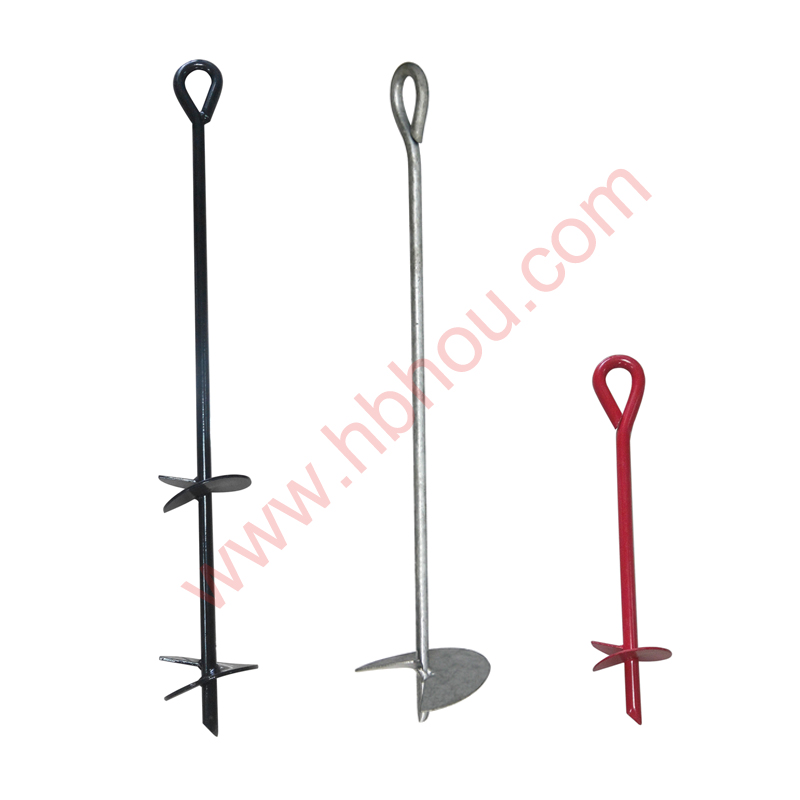Understanding Gabion Mattresses Applications and Benefits
In the realm of civil engineering and environmental management, gabion mattresses have emerged as effective solutions for erosion control, stabilization, and landscaping. These structures are composed of wire mesh boxes filled with stones or other aggregates, forming a robust and flexible system designed to absorb and dissipate energy from water flows, stabilize soil structures, and provide vegetation support in riparian zones.
What is a Gabion Mattress?
A gabion mattress is essentially a flattened version of traditional gabion walls or cages. While traditional gabions are vertical structures built to retain earth and protect against erosion, gabion mattresses are laid flat on the ground, making them particularly suited for applications where a low-profile solution is required. Constructed in a similar fashion to their vertical counterparts, they consist of a framework of welded or woven wire mesh filled with rock, gravel, or other appropriate materials. Their modular nature allows for flexibility and adaptability to different site conditions.
Key Applications
1. Erosion Control One of the primary uses of gabion mattresses is in erosion control along riverbanks, coastlines, and slopes. By absorbing the kinetic energy of flowing water, they prevent soil loss and protect the integrity of structures above.
2. River Bank Stabilization In areas prone to flooding or swift water flow, gabion mattresses can be employed to stabilize riverbanks. They help reduce shear stress on the soil, providing a robust barrier against the erosive forces of water.
3. Retaining Walls When integrated into retaining wall systems, gabion mattresses can offer a blend of functionality and aesthetics. They can be used in landscaping to create gentle slopes while ensuring structural stability.
4. Roadside Construction Gabion mattresses are often used in the construction of road embankments. Their ability to manage runoff and enhance drainage reduces the risk of mudslides and road washouts.
gabion mattress

5. Wildlife Habitat Creation The porous nature of gabion mattresses allows for vegetation growth, which can create habitats for various wildlife species. They support the restoration of local ecosystems while controlling erosion.
Benefits of Gabion Mattresses
1. Cost-Effective Compared to traditional concrete or stone solutions, gabion mattresses are often more cost-effective. The materials used for filling can be sourced locally, reducing transport costs and environmental impact.
2. Ease of Installation Gabion mattresses are relatively easy and quick to install. Prefabricated units can be transported to the site, and minimal heavy machinery is required for placement, making them ideal for remote or sensitive environments.
3. Durability and Longevity Made from corrosion-resistant materials, gabion mattresses are designed to withstand harsh environmental conditions, offering a long service life with minimal maintenance.
4. Environmental Benefits The use of gabion mattresses promotes sustainability. They allow for natural vegetation to flourish, improving local biodiversity and providing natural filtration for stormwater runoff.
5. Flexibility Their modular design means gabion mattresses can be configured in various shapes and sizes to meet specific site needs, making them versatile for diverse construction projects.
Conclusion
Gabion mattresses present a practical and sustainable solution to various environmental and engineering challenges. Their role in erosion control, riverbank stabilization, and habitat creation underscores the importance of integrating natural and engineered systems in landscape management. As civil engineering continues to evolve, gabion mattresses stand out as an innovative approach that balances functionality, cost-effectiveness, and environmental stewardship. Whether deployed in urban landscapes or natural settings, these structures are redefining how we manage water and soil within our ecosystems.
















